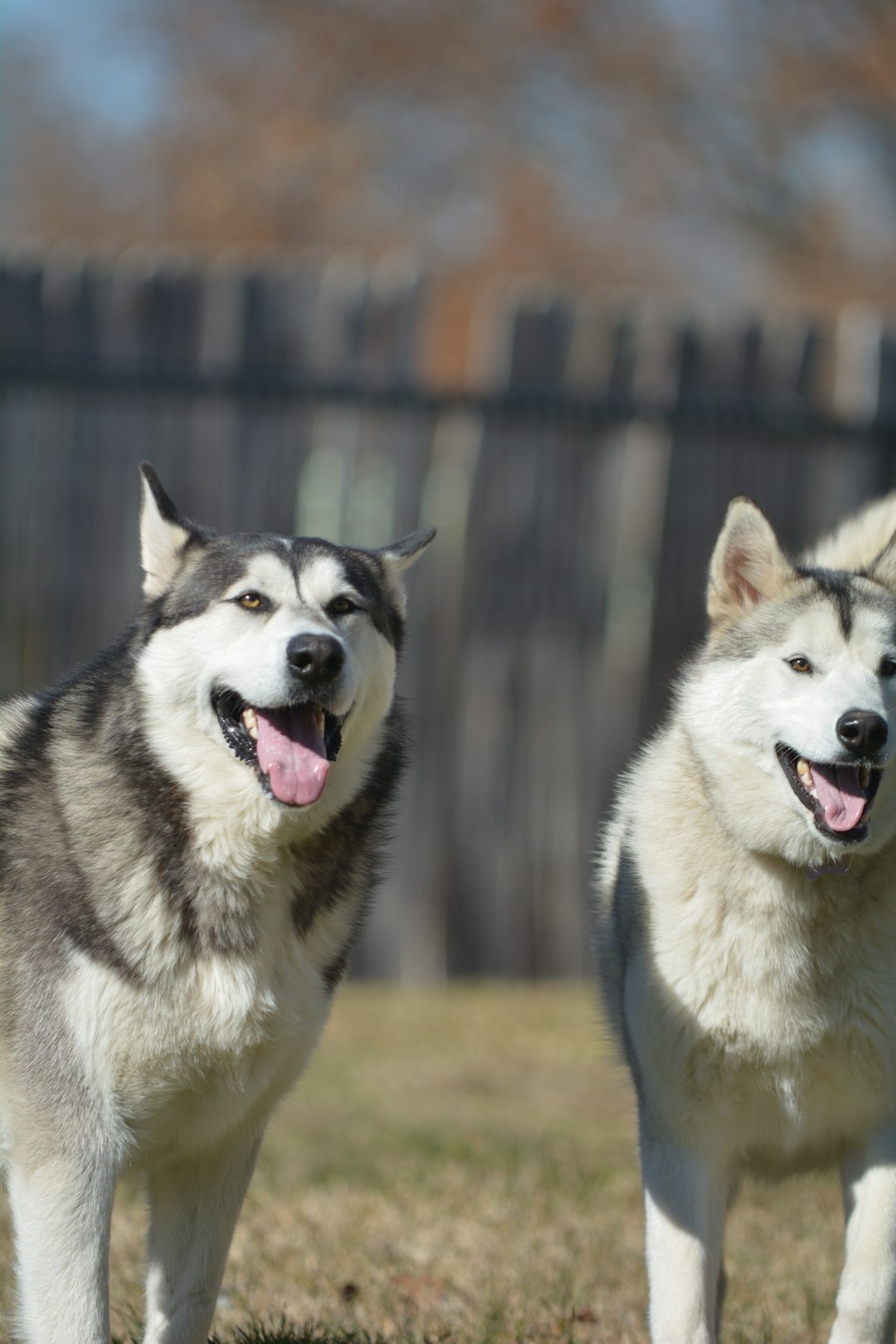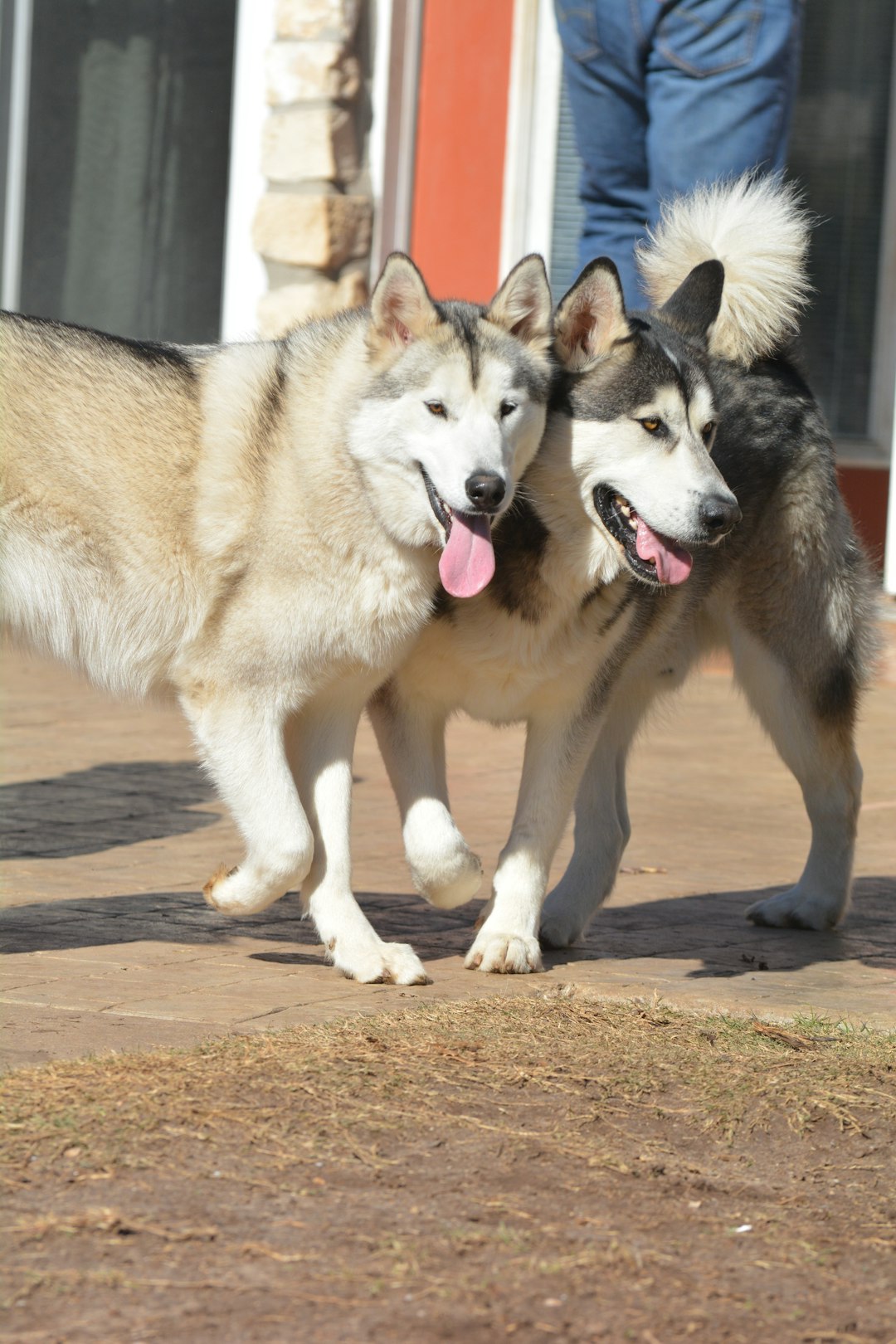Finding the right dog groomer can feel like searching for a needle in a haystack, especially when your furry friend is as unique as a unicorn. With countless options and varying grooming styles, how do you choose? Fear not! This guide will help you navigate the grooming jungle. From understanding your dog’s specific needs to assessing a groomer’s experience, we’ll cover it all. So grab a cup of coffee, relax, and let’s ensure that your pup gets pampered by the perfect dog groomer who understands their fluffy personality!
Understanding the Role of a Dog Groomer
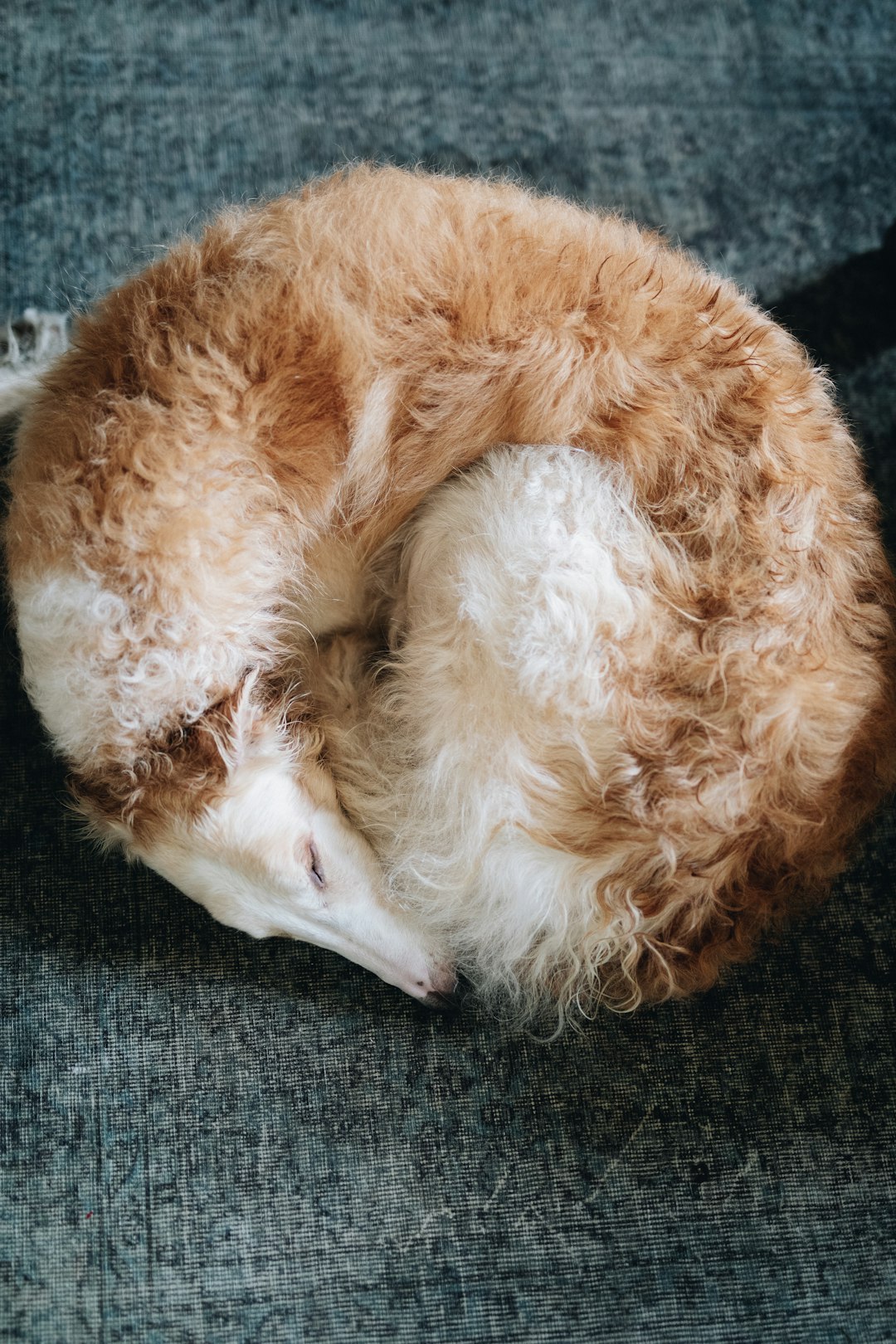
When it comes to keeping your furry friend looking fabulous, a skilled dog groomer plays a pivotal role. But what exactly do they do? Think of a dog groomer as the fairy godparent of pet care, transforming scruffy canines into dapper dogs. Here’s a quick rundown of their magical abilities:
- Haircuts and Styles: From trendy trims to breed-specific cuts, grooming offers a fresh look.
- Bathing and Drying: A good wash can keep your pup smelling like a rose rather than yesterday’s leftovers.
- Nail Clipping: A dog groomer helps to maintain those claws and prevent any home-owning accidents!
- Ear Cleaning: Regular cleaning prevents infections and terrible odors.
- Skin Care: They can spot skin issues before they become problematic.
So, while you may think of a dog groomer as mere fluff and polish, they provide essential services that contribute to your dog’s overall health and happiness. After all, giving your pup a little pampering can lead to a wagging tail and a happier life!
Assessing Your Dog’s Grooming Needs
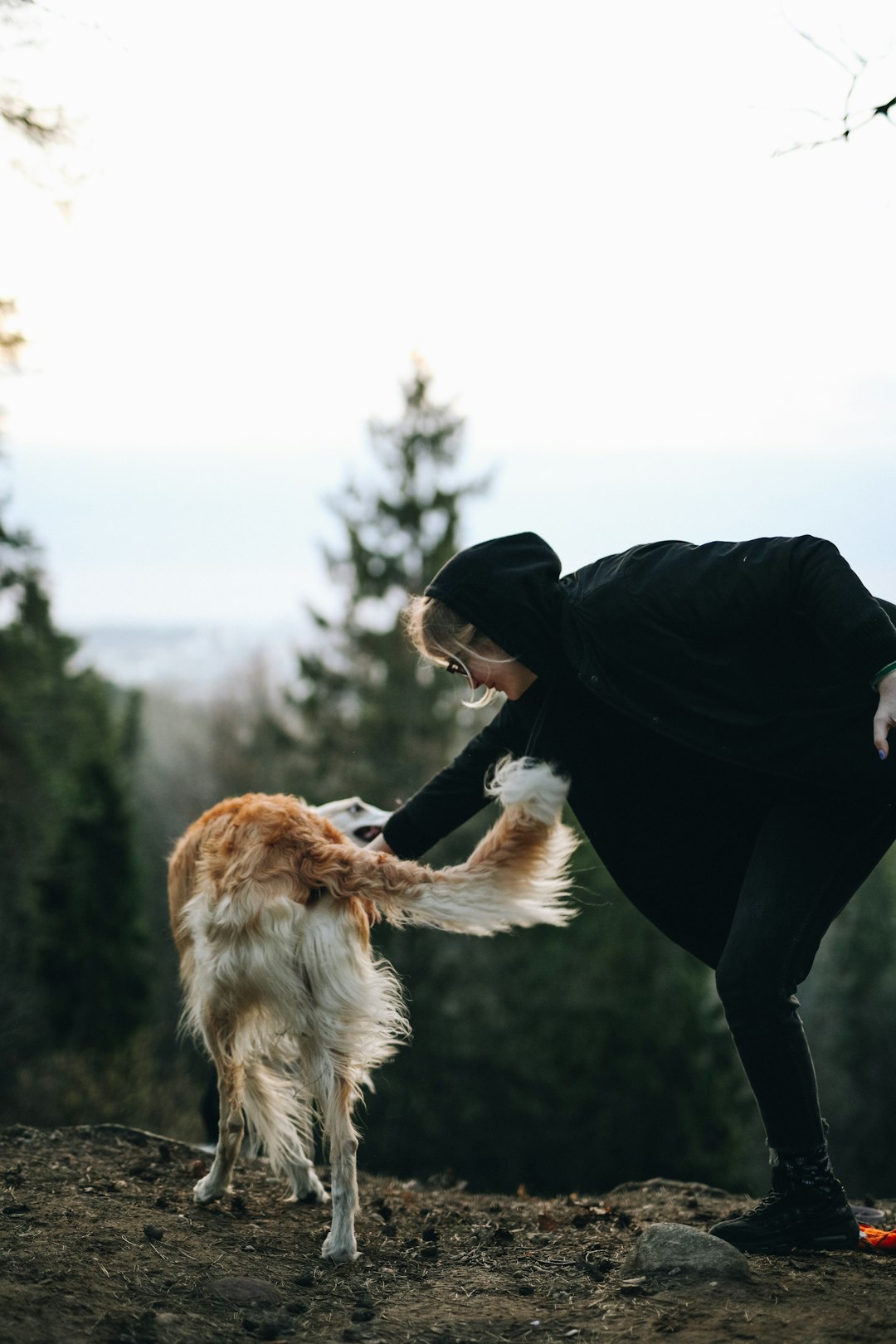
Understanding your furry friend’s grooming needs can be a real game-changer! Not all pups are created equal, and neither are their grooming requirements. So, what should you consider?
- Breed Type: Different breeds have different coats. For instance, poodles need more frequent sessions compared to beagles due to their curly fur.
- Activity Level: Active dogs might need more grooming to handle the mud they love to play in.
- Age and Health: Older dogs or those with health issues may require gentler grooming options.
Here’s a quick checklist to help you assess your dog’s needs:
| Factor | Considerations |
|---|---|
| Coat Length | Long, short, curly, or straight? |
| Skin Sensitivity | Does your pup have allergies or sensitivities? |
| Matting Potential | Can their fur get tangled easily? |
| Previous Experiences | Any grooming adventures that went well—or not? |
Now, this is where a skilled dog groomer can make all the difference! With the right information, you’re well on your way to setting your pup up for a pampering session that’s just right for them. Remember, a happy dog is a well-groomed dog, so choose wisely when it comes to finding the perfect dog groomer!
Types of Dog Grooming Services
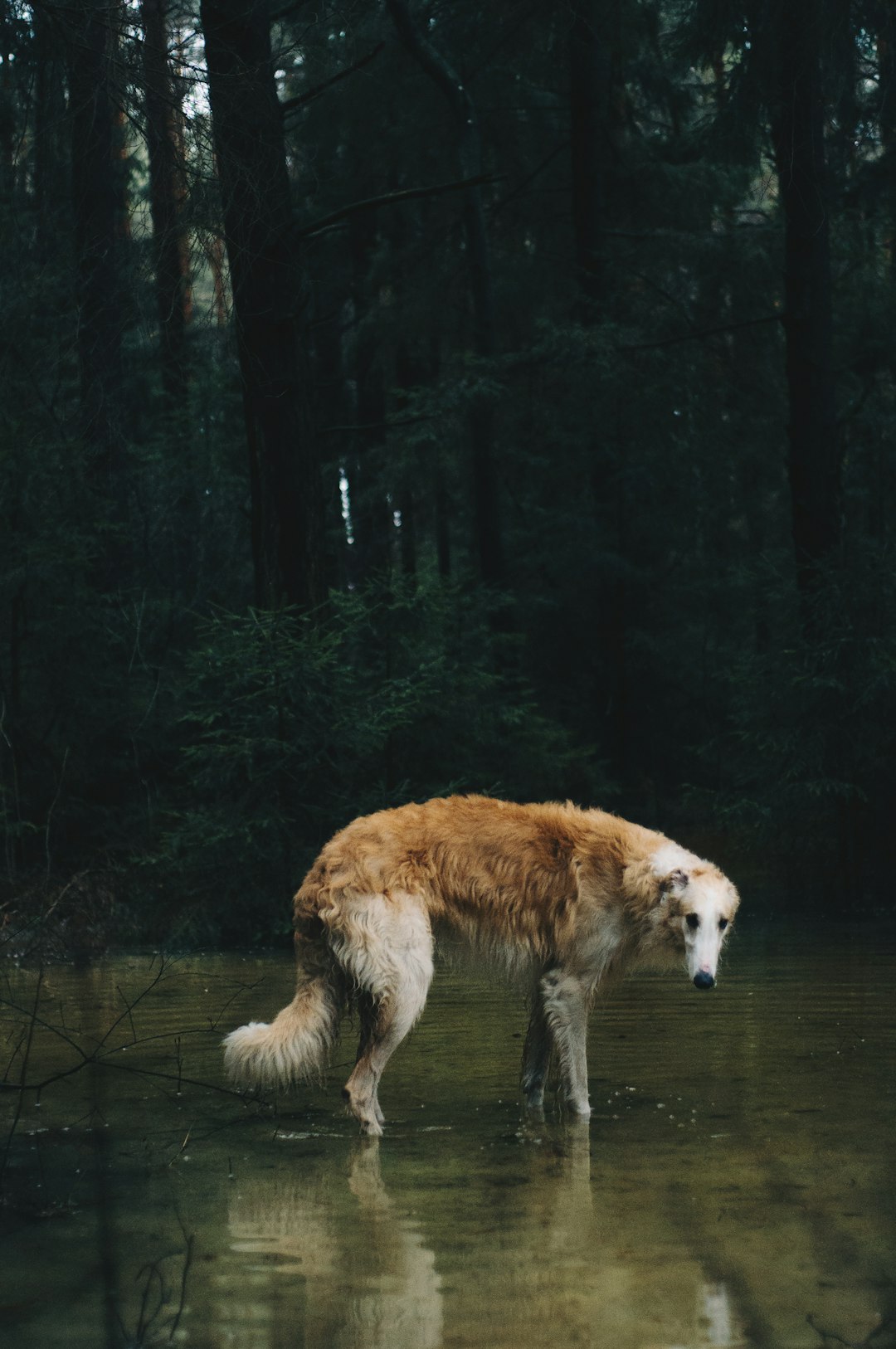
When it comes to pampering your pooch, a dog groomer offers an array of services, each designed to keep your furry friend looking fabulous! Here’s a breakdown of common grooming options that can make your decision a bit easier:
- Basic Bath and Brush: A wash, brush, and maybe a few treats to sweeten the deal!
- Haircuts: From a trim to extravagant styles, this is where creativity meets fur.
- Nail Clipping: A must-have for any active pup. Your dog groomer can ensure those claws stay safe and non-claw-some!
- Ear Cleaning: Keep those floppy ears fresh and free from waxy build-up.
- Anal Gland Expressing: Not the most glamorous, but important for your dog’s comfort.
| Service Type | Description |
|---|---|
| Basic Services | Bath, brush, and basic maintenance. |
| Specialty Cuts | Unique styles tailored to specific breeds. |
| Full Groom | Comprehensive care including all services above. |
Selecting a dog groomer with a variety of services ensures your furry friend receives the best care possible. Plus, who doesn’t love a little extra pampering? 🐶✨
Questions to Ask Potential Dog Groomers
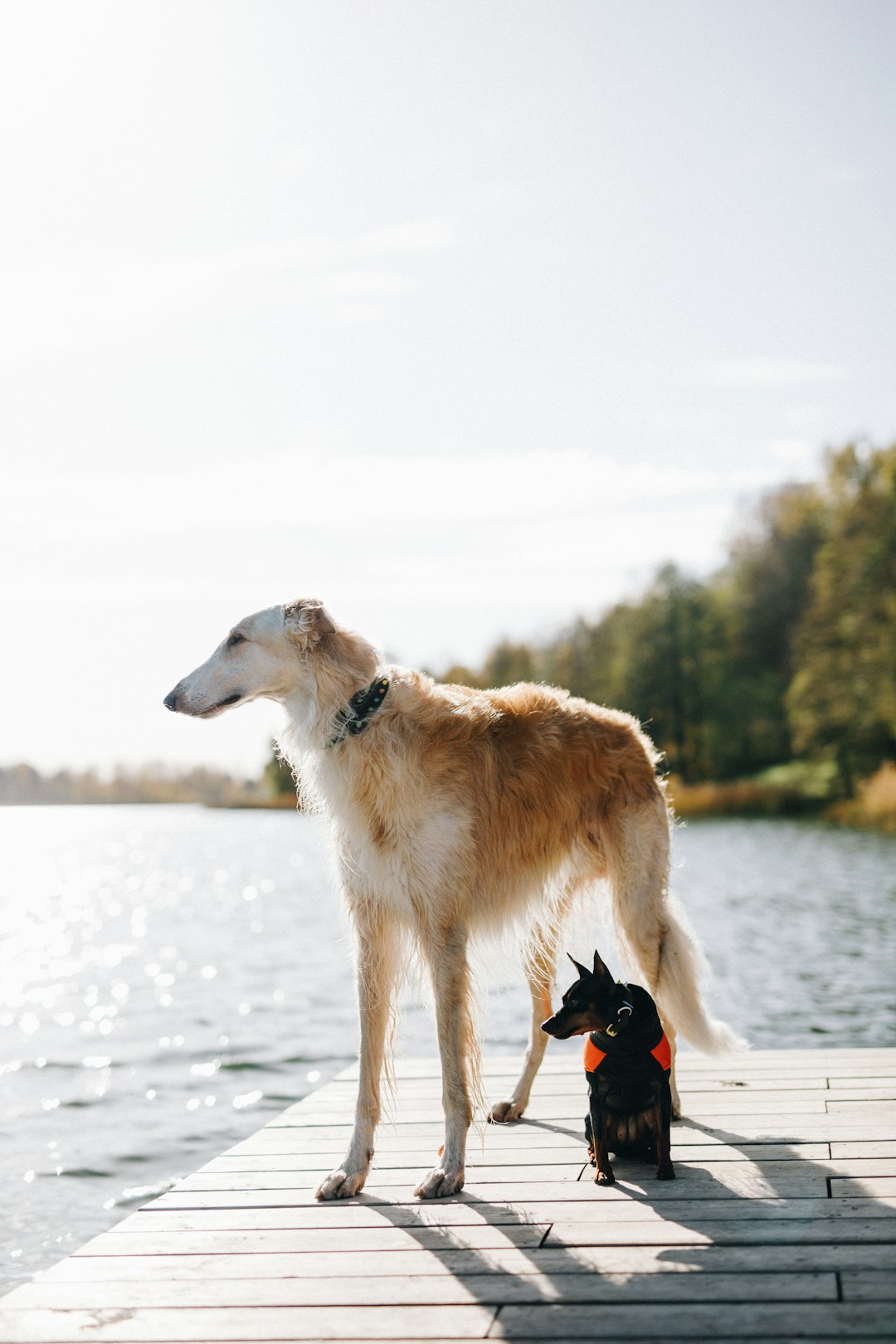
Finding the perfect dog groomer for your furry darling doesn’t just happen with a simple search. Instead, it’s all about asking the right questions to ensure you’re setting up your pup for grooming success. Here’s a handy checklist to guide your inquiries:
- Experience: How long have you been a dog groomer?
- Training: What kind of training or certification do you have?
- Services Offered: What specific grooming services do you provide?
- Handling Techniques: How do you calm anxious dogs during grooming sessions?
- Products Used: Are the grooming products you use safe and suitable for my dog’s breed and skin type?
- Health Protocols: What measures do you have in place for maintaining cleanliness and safety?
Armed with these questions, you’ll not only gauge their expertise but also ensure your pooch feels safe and pampered. Remember, a bit of curiosity goes a long way in securing a trust-filled relationship with your dog groomer!
Checking Credentials and Experience
When it comes to your furry friend, you want a dog groomer who knows their stuff. After all, your pooch deserves more than just a pretty haircut! So, how can you make sure that the groomer has the right chops? Let’s fetch some tips:
- Certification Matters: Look for certifications from recognized grooming schools or professional organizations. This shows they’ve mastered the art and science of grooming!
- Experience Counts: Ask how long they’ve been in the business. A seasoned dog groomer will not only know how to handle various breeds but also how to keep your dog calm during the process.
- Special Needs Expertise: If your dog has specific grooming needs (think allergies or special coats), ensure the groomer has experience dealing with such quirks.
- Insurance and Safety: Verify if they have liability insurance. This is crucial in case your little rascal decides to play Houdini during grooming!
In short, checking a potential dog groomer’s credentials and experience helps ensure your dog not only looks fabulous but stays safe and happy in the process.
Reading Reviews and Testimonials
When it comes to finding the right dog groomer, reviews can make or break your decision. Here’s why you should put on your detective hat and scour the internet for feedback:
- Trust Factors: Personal experiences help you gauge not just the grooming skills, but also the care and love your fluffy buddy will receive.
- Common Complaints: Look for patterns in reviews. Are there persistent issues like rushed services or unkind staff? Red flags!
- Photos of Work: Many groomers showcase their grooming magic. A picture is worth a thousand woofs!
Quick Comparison of Review Sources:
| Source | Pros | Cons |
|---|---|---|
| Google Reviews | Widely accessible | Can be overly critical |
| Social Media | Real-time feedback | Often biased |
| Yelp | Detailed reviews | May contain old information |
| Word of Mouth | Personal recommendations | Limited reach |
In a nutshell, reading reviews helps you uncover the true essence of a dog groomer before making that all-important choice. Happy hunting! 🐾
Scheduling a Visit to the Grooming Salon
Before you trust your pooch’s precious fur to a dog groomer, it’s wise to take a little field trip! Here’s how to make the most of your visit:
- Observe the Vibe: Is the salon clean? Happy pups? A cheerful dog groomer? A positive atmosphere helps keep dogs calm and wagging.
- See the Tools: Check out the equipment. Are they using modern, high-quality tools? This often indicates a professional touch.
- Watch the Process: If you can, sit back and observe how the dog groomer interacts with the furry clients. Do they seem gentle and understanding?
- Ask About Routine: Inquire about their grooming process. The right questions can reveal their attention to your dog’s specific needs.
- Note Specializations: If your dog has particular grooming needs (like thick coat handling or skin sensitivity), make sure the groomer has experience working with similar breeds.
In short, a visit is the perfect way to sniff out the best dog groomer for your canine companion! Remember, you’re looking for a match made in puppy paradise!
Grooming Products and Techniques Used
Selecting the right dog groomer goes beyond mere aesthetics; it’s about the quality of products and techniques employed. Here’s what to look out for:
- Shampoos & Conditioners: Ensure they use high-quality, pet-safe products tailored to your dog’s coat type. Allergies? Ask for hypoallergenic options!
- Tools of the Trade:
- Clippers: Look for precision grooming tools that don’t snag your pup’s fur.
- Brushes: Different breeds require specific brushes—ask the dog groomer which they recommend.
- Techniques: Do they use positive reinforcement? A patient approach builds comfort!
- Fleas & Ticks: Is the groomer prepared with the right treatments? Essential for those outdoor adventurers!
Comparison Table: Products & Techniques
| Feature | Great Dog Groomer | Average Dog Groomer | Poor Dog Groomer |
|---|---|---|---|
| Quality Products | ✔️ | ✔️ | ❌ |
| Skilled Techniques | ✔️ | ❌ | ❌ |
| Knowledge of Breeds | ✔️ | ✔️ | ❌ |
| Positive Approach | ✔️ | ❌ | ❌ |
Finding a dog groomer that prioritizes these aspects will ensure a healthy and happy grooming experience for your furry friend!
Understanding Pricing and Packages
When it comes to choosing a dog groomer, prices can vary faster than your pup at the dog park! To help you navigate this maze of costs, here’s a breakdown you might find useful:
Average Price Range for Grooming Services:
| Service | Price Range |
|---|---|
| Basic Bath & Brush | $30 – $50 |
| Full Grooming Package | $50 – $100 |
| Specialty Services (e.g., de-shedding) | $20 – $70 per service |
While some dog groomers offer package deals, others might charge ala carte. So, don’t hesitate to ask about:
- Discounts for Regular Visits: Some groomers reward loyal clients!
- Bundled Services: Give your pup a spa day by combining grooming with other pampering treatments.
- Initial Consultation Costs: Will the first visit be free, or is there a fee involved?
Remember, the most expensive dog groomer isn’t necessarily the best. Look for a balance between cost and service quality—after all, a happy dog means a happy owner!
Establishing a Relationship with Your Dog Groomer
Finding the right dog groomer is like finding the perfect dance partner; it’s all about chemistry! Your furry friend deserves a groomer who not only excels in skills but also understands their personality. Here’s how to foster that all-important bond:
- Take the Time to Chat: When you first meet your dog groomer, have a little chit-chat. Discuss your dog’s quirks and preferences — because who doesn’t love a good story about their pup?
- Stay Consistent: Regular grooming appointments help your dog become familiar with the groomer. Consistency can be a game-changer in building trust.
- Observe Interactions: During appointments, pay attention to how the groomer interacts with your dog. A professional dog groomer should be calm, friendly, and gentle.
- Provide Feedback: Don’t hesitate to share your thoughts! If something feels off or your pup seems uneasy, communicate that with the groomer.
With these steps, you’ll create a solid partnership that leads to a happy, well-groomed doggie. Because a healthy relationship between you, your dog, and the groomer makes all the fluff worth it!
Frequently Asked Questions
How often should I take my dog to the groomer?
Well, it depends on your dog’s breed, coat type, and lifestyle! Generally, dogs with longer coats need regular grooming every 4-6 weeks to prevent tangles and mats. Short-haired breeds may only need a grooming session every 8-12 weeks, or when the stench of a rogue squirrel sticks to them. Ultimately, it’s like scheduling a spa day, so listen to what your furry companion’s locks are telling you!
What should I look for in a good dog groomer?
Choosing a dog groomer is akin to finding a great barber. First, check their credentials and experience; a groomer with a knack for cutting fur without resembling a butcher is a bonus! Next, peek at reviews and recommendations – you want that ‘top-notch service’ rather than a ‘what in the name of fluffy tails was that?’ experience. Lastly, take a tour of the grooming facility to ensure it’s clean and welcoming – because, let’s face it, would you want to hang-out at a cluttered salon?
What can I expect during my dog’s grooming session?
During your dog’s grooming escapade, expect a whirlwind of fluff, shampoo, and snuggles – the trifecta of pet pampering! Initially, the groomer will assess your dog’s coat and discuss the desired style. Then, a bath with paw-sitively luxurious shampoo follows, likely accompanied by a few surprise doggy dances. Afterward, your pooch will experience the magic of drying, brushing, and trimming. And don’t worry; there will be plenty of treats for good behavior, because nothing says ‘job well done’ like snacks!
How can I prepare my dog for their first grooming appointment?
Preparation is key to ensuring your dog’s first grooming appointment goes smoothly – and yes, this includes bribes! Start by familiarizing your pup with grooming tools at home. Brush their fur, practice nail trimming (if they’ll allow you), and introduce them to a warm bath in the shower or tub. Speak to your groomer in advance. They’re often willing to offer advice like a wise sage to make your fur baby less anxious. With these steps, your dog will walk in ready for a VIP grooming experience!


